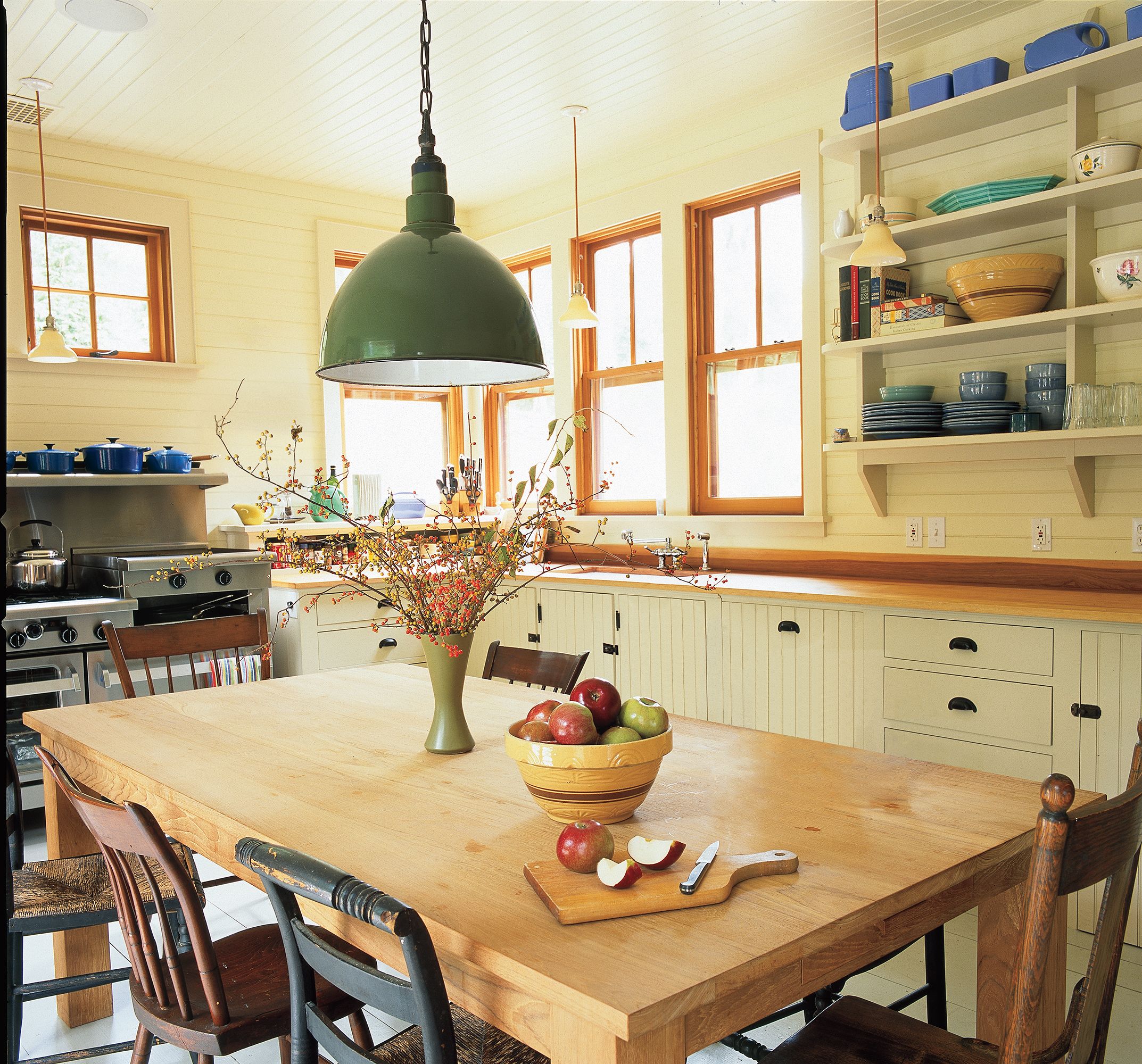Pendant lights, like chandeliers, hang from the ceiling by chains or rods. Where a chandelier has multiple light sources, however, pendants have one source. The directed light they provide makes them useful for kitchen islands, vanities, dining rooms, and more. We’ll explore everything you need to know about pendant lights in this guide, from sleek modern designs to classic, low-cost styles.
Anatomy of a Pendant Light Fixture
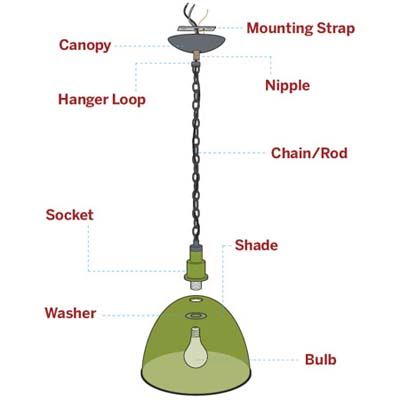
Types of Pendant Lights
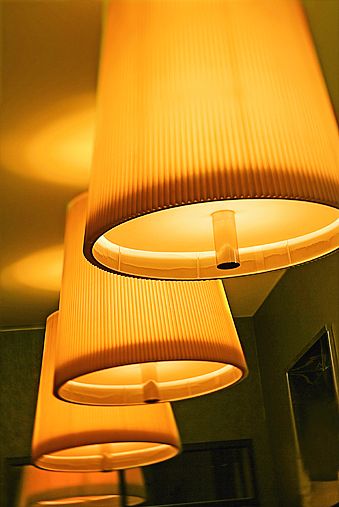
Pendant lights come in different styles, materials, and designs to suit your unique design preferences. A few of the most popular shade materials include:
- Fabric: Like their glass counterparts, fabric pendants provide both ambient and directed light. They create a warm ambiance in living rooms, bedrooms, and dining areas. However, you may need to clean them more often to keep them looking their best.
- Glass: Glass is a popular choice that can complement various styles. These pendants range from colorful, mouth-blown Murano flutes to industrial-style globes, and they’re useful for spaces where you want the light to be softer and more diffused.
- Metal: Pendants made from brass, copper, or steel offer more focused light and are commonly seen in modern or industrial interiors. They’re excellent task lights and work well for kitchen islands, offices, and bedside tables.
Pendant Installation and Placement
Here are a few installation guidelines for pendant lights in different rooms.
Kitchen Island Pendants
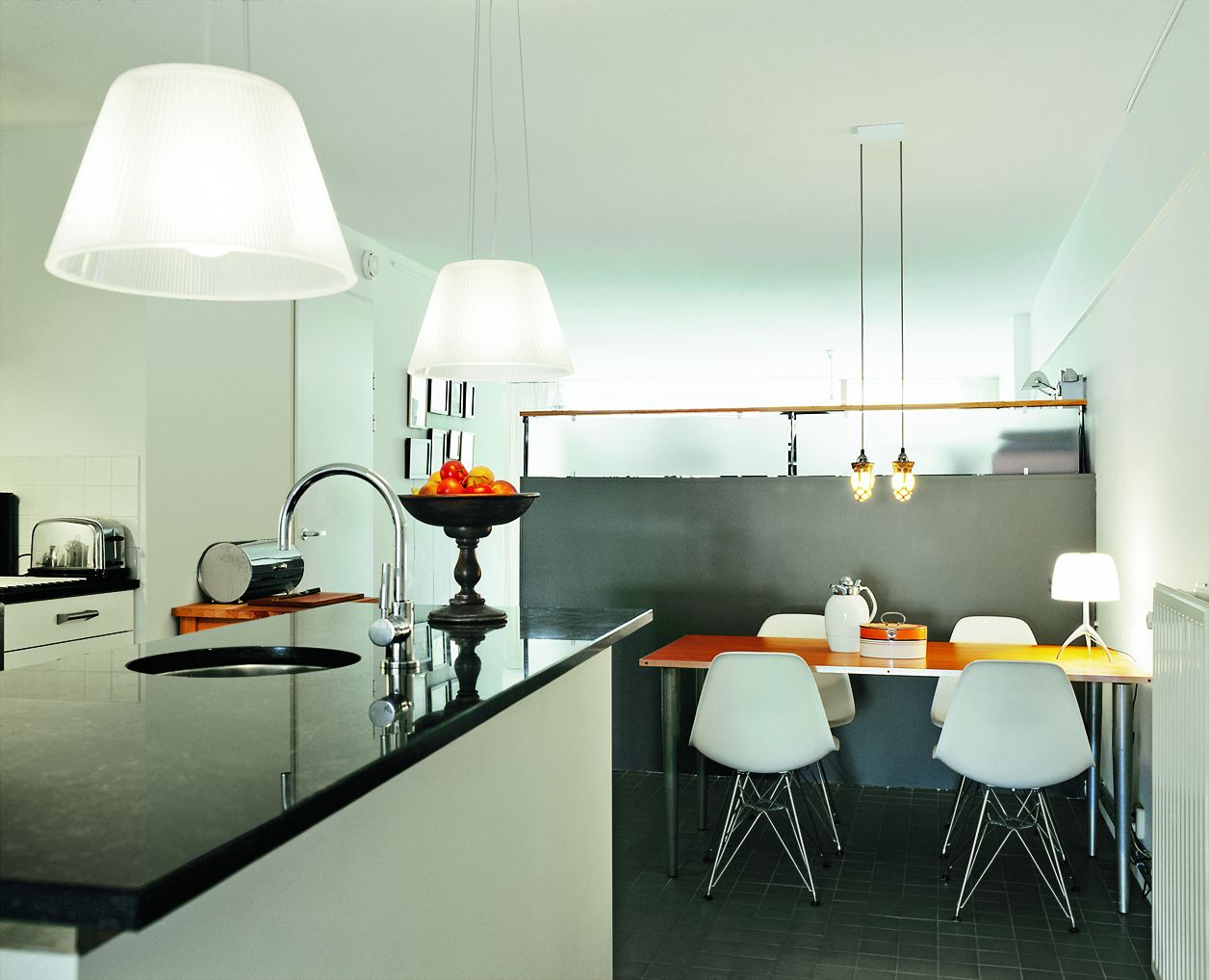
For kitchen islands, hang the pendants 30 to 36 inches above your countertop. If you’re using multiple pendants, space them two to three feet apart, measured from the center of the shade. For small islands, a single pendant over the surface may suffice.
Dining Room Pendants
If you’re installing a new pendant light for your dining room, hang it 30 to 36 inches above the table surface. The fixture size should be about ½ to ⅔ of the table’s width. Consider using multiple pendants or a linear suspension light if you have a long rectangular table.
Bathroom Vanity Pendants
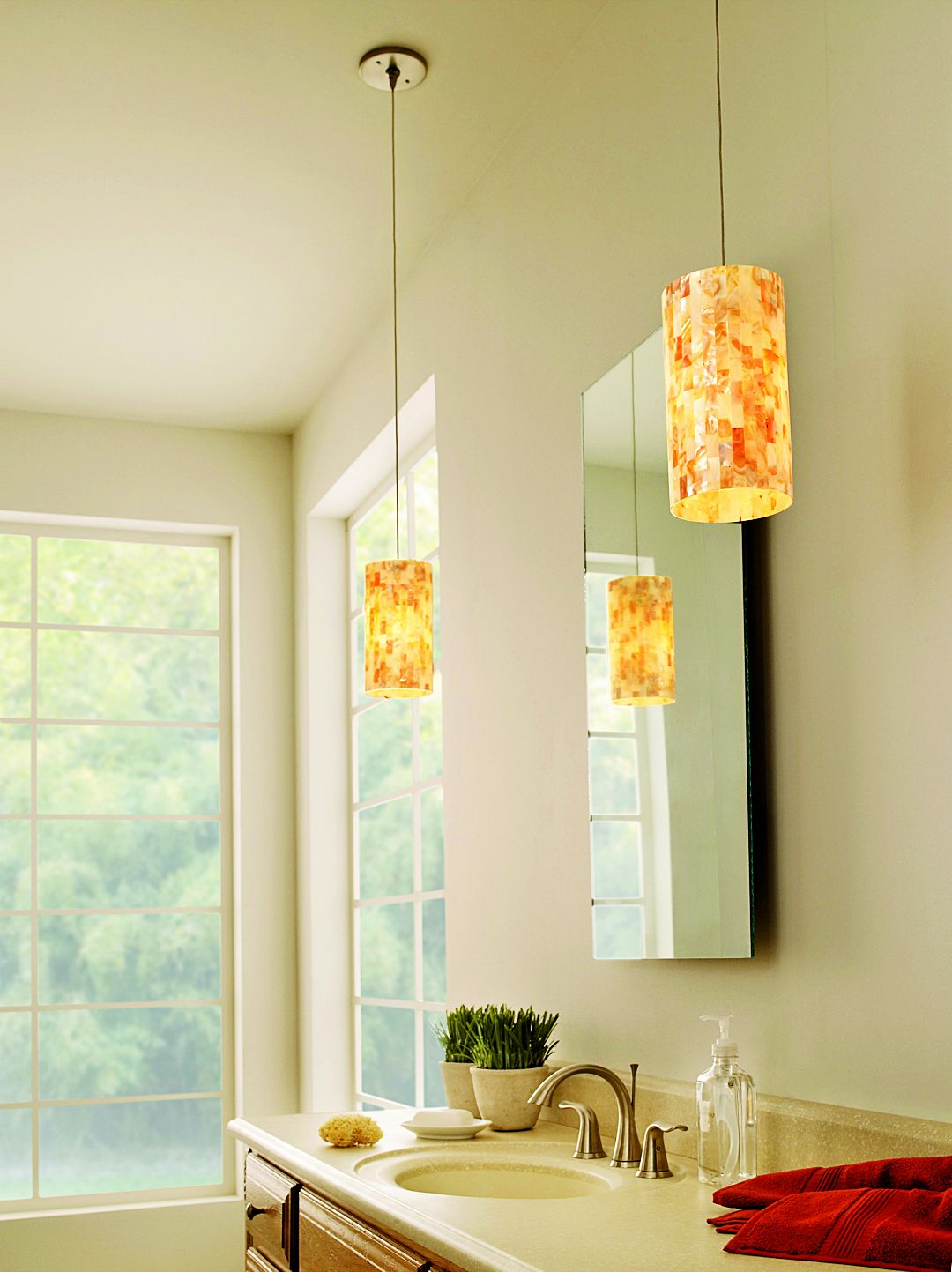
Hang bathroom vanity pendants at eye level, about 60 to 65 inches from the floor. Position them 18 to 20 inches from the center of your sink to evenly light the vanity and minimize shadows.
Bedside Pendants
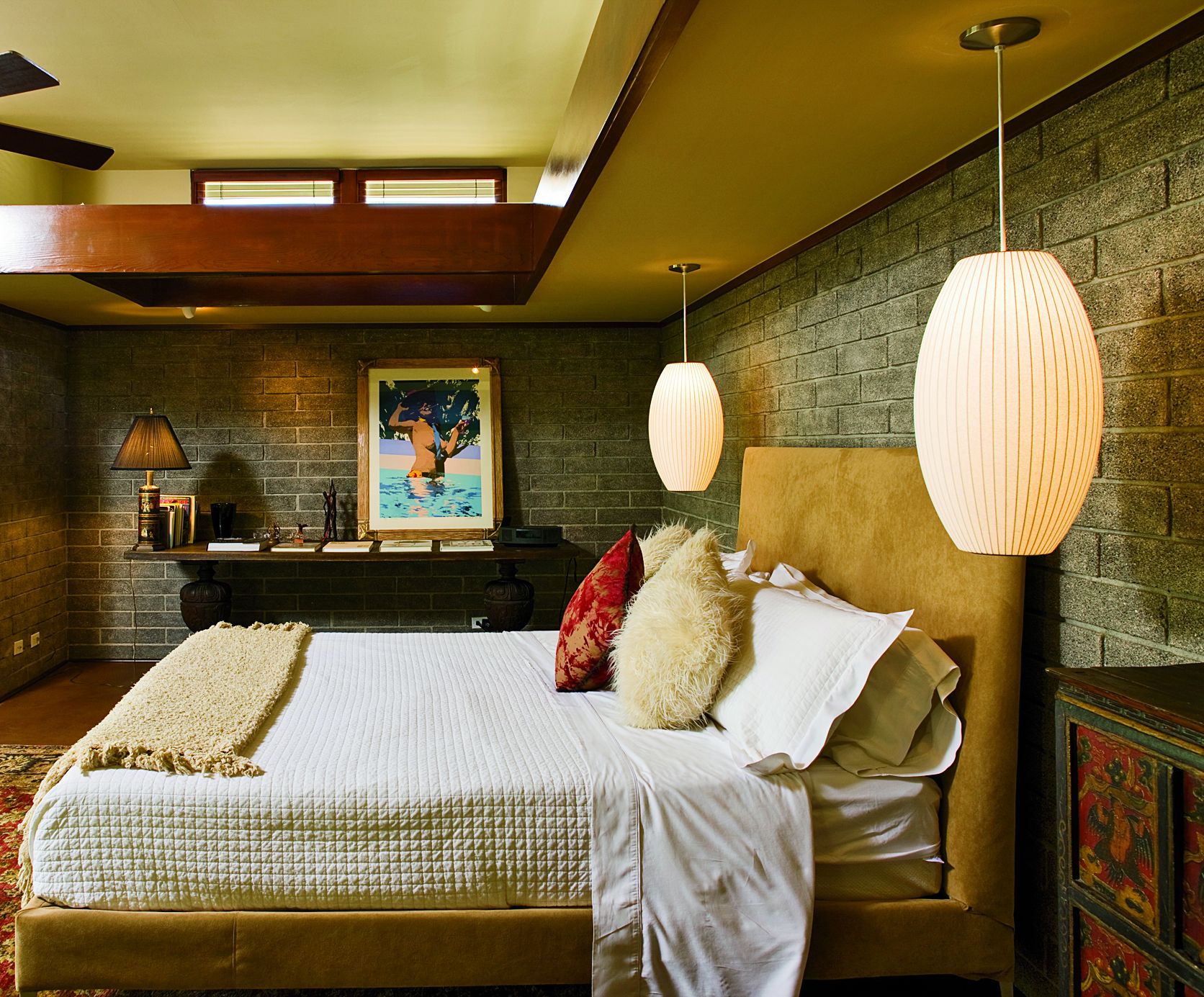
Some homeowners use pendant lights over their nightstands instead of table lamps. Hang these fixtures about 20 to 30 inches above your nightstand or about 4 feet from the floor if there’s no table.
Foyer Pendants
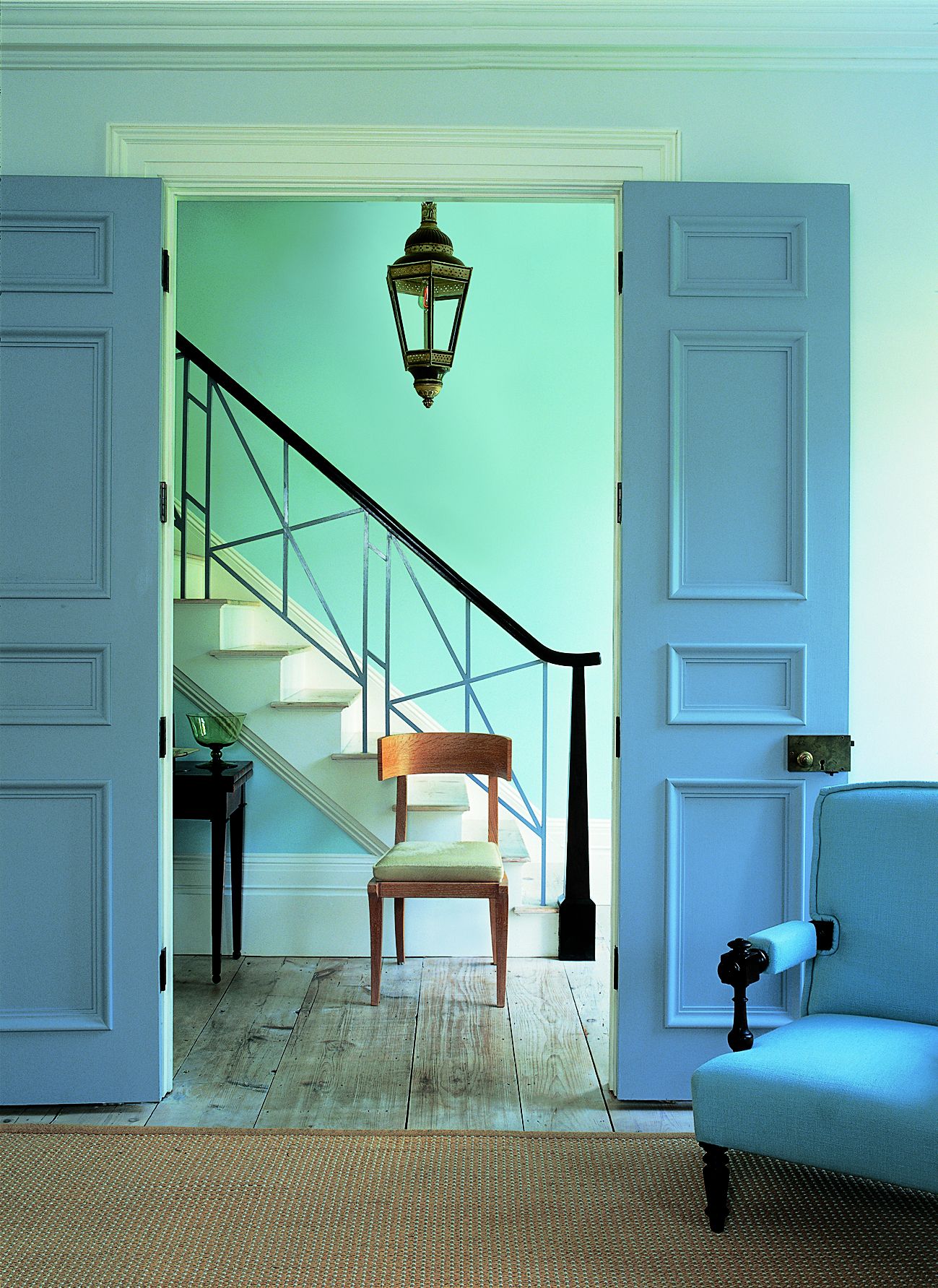
If you’re using pendants for a high ceiling in a foyer, the pendant’s bottom should hang at least 7 feet above your floor. If the foyer extends two stories, consider hanging the pendant so the light source is midway between the floor and ceiling.
Choosing Pendant Light Accessories
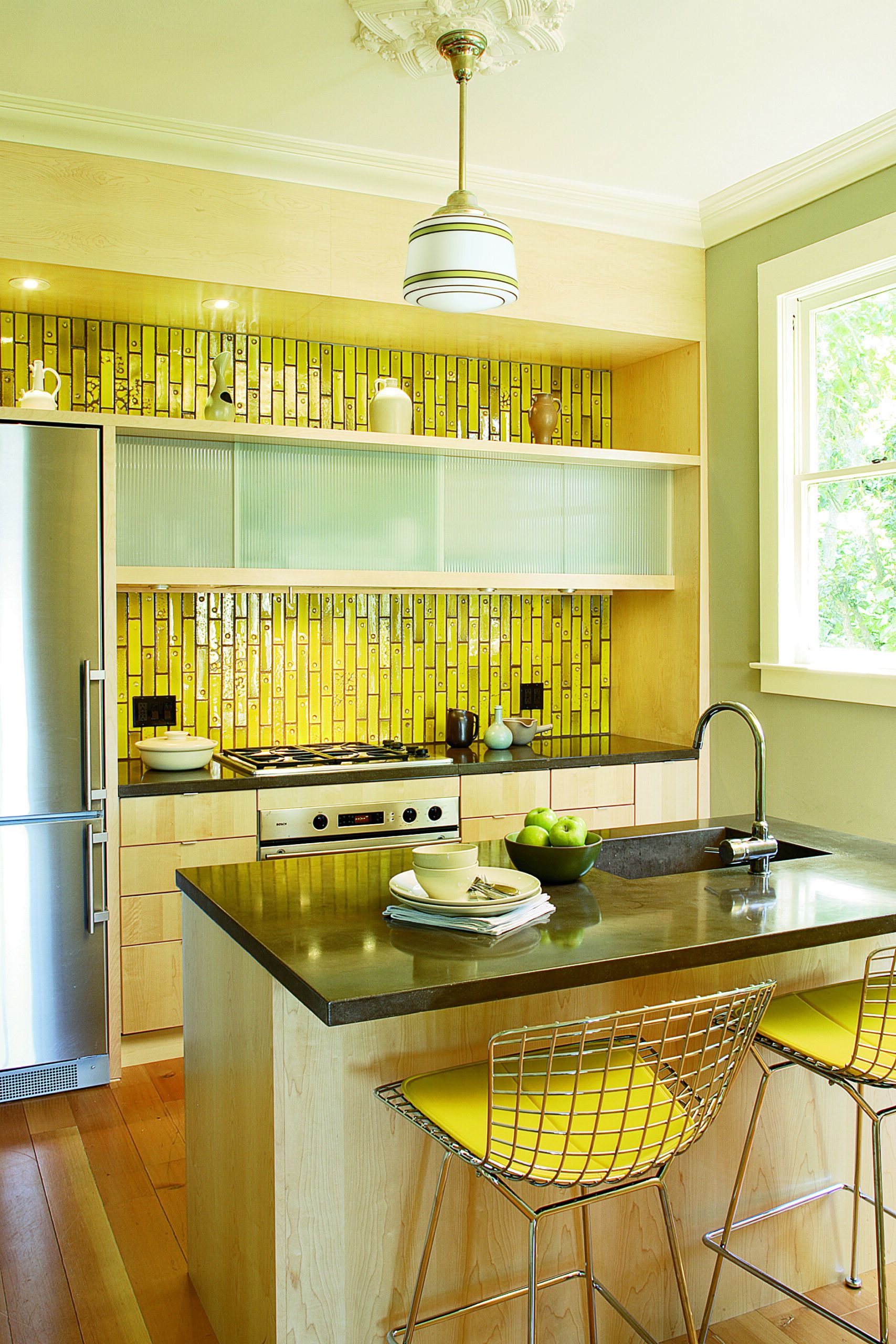
Maximizing energy efficiency can help reduce your energy consumption and costs:
Choosing Energy-Efficient Bulbs
Use energy-efficient LED or CFL light bulbs for your pendant lights. The best-performing options will have an ENERGY STAR label, showing they’ve been certified by the U.S. Environmental Protection Agency (EPA).
Smart Lighting Options for Pendants
If you have a smart home system, your light switches or bulbs could integrate into it. These accessories let you turn your lights on and off remotely, set schedules, or even adjust color temperature.
Our Conclusion
Pendant lights are versatile, stylish, and highly functional fixtures. You can select the perfect pendants for your home by considering the room’s space, your design preferences, and what kind of light you want the fixture to provide.
